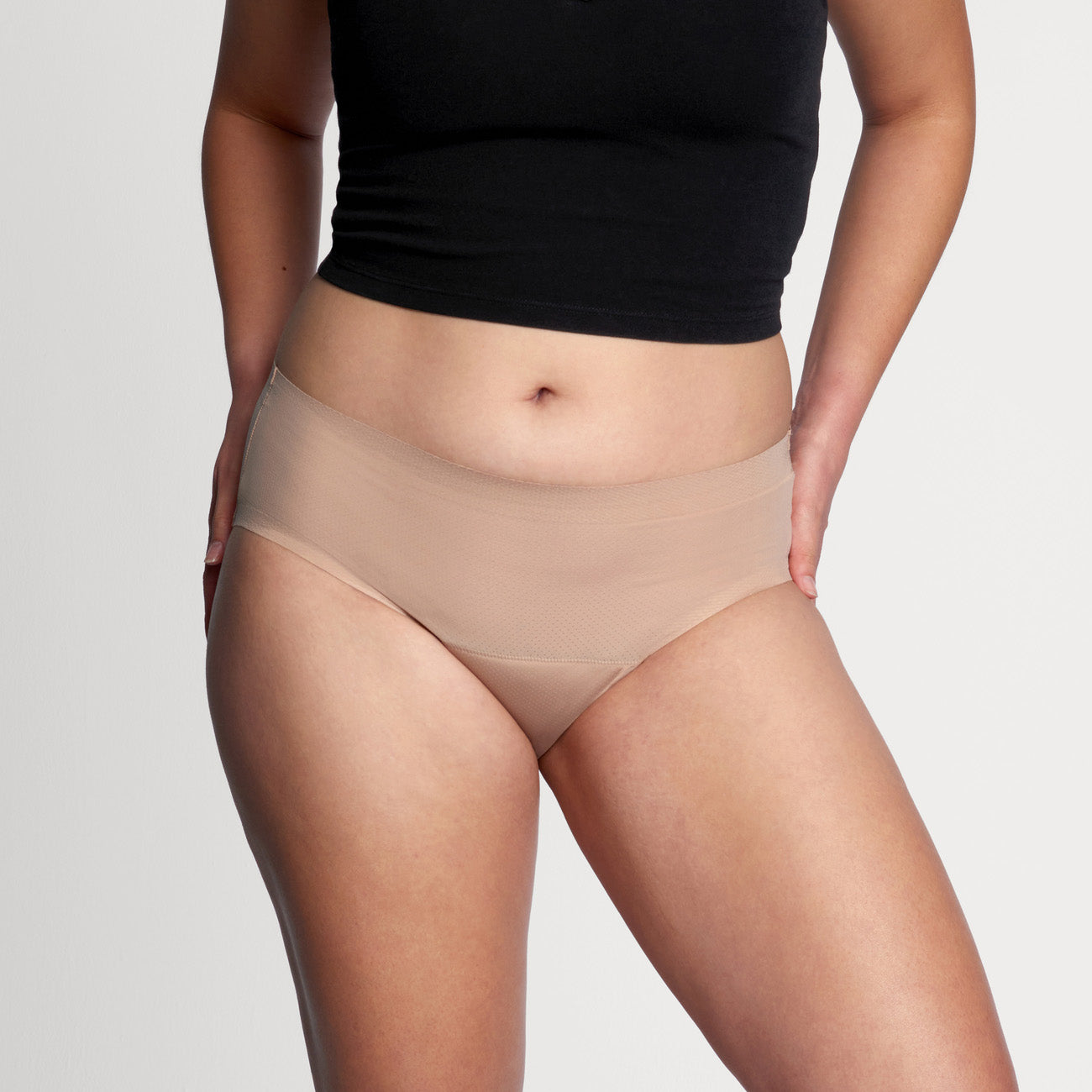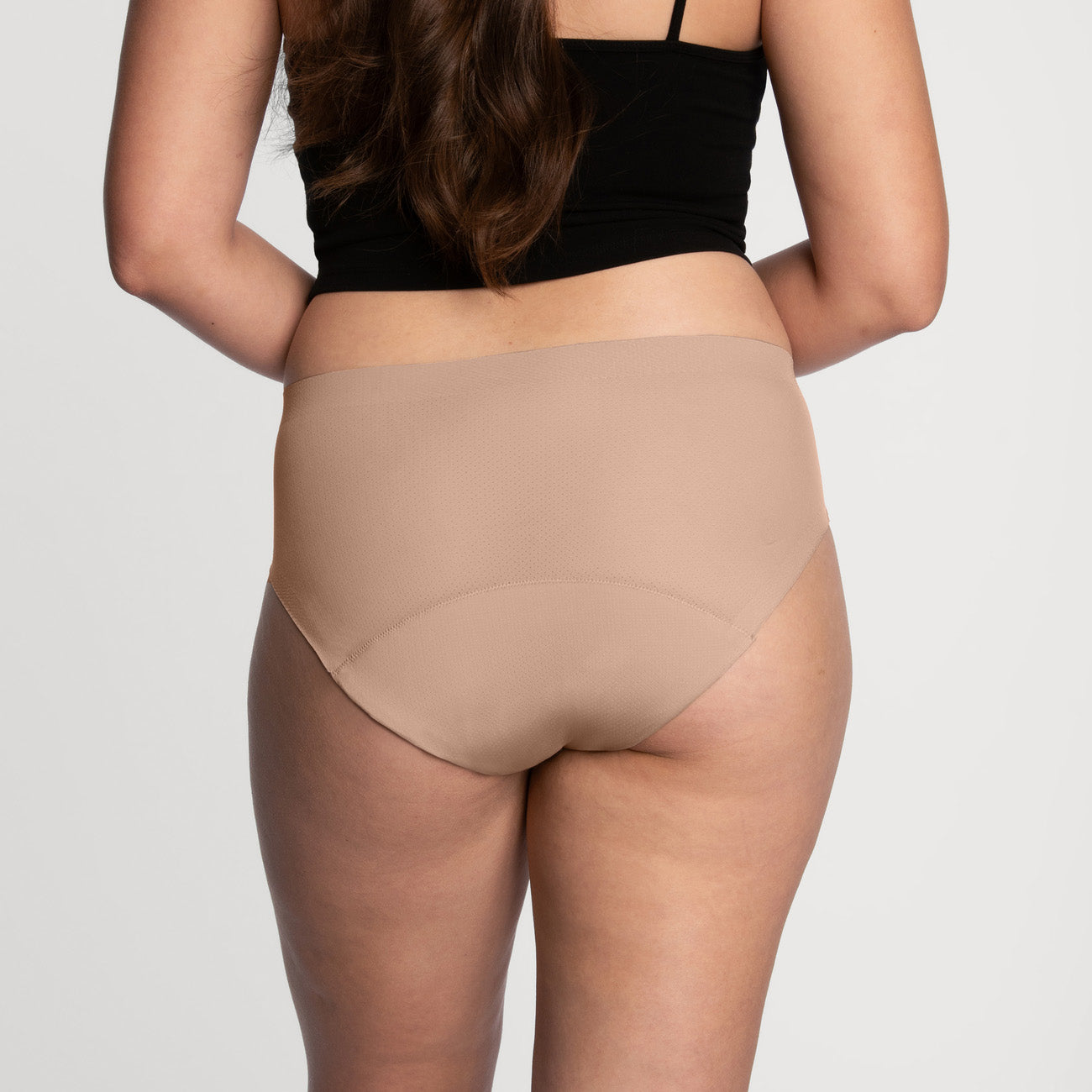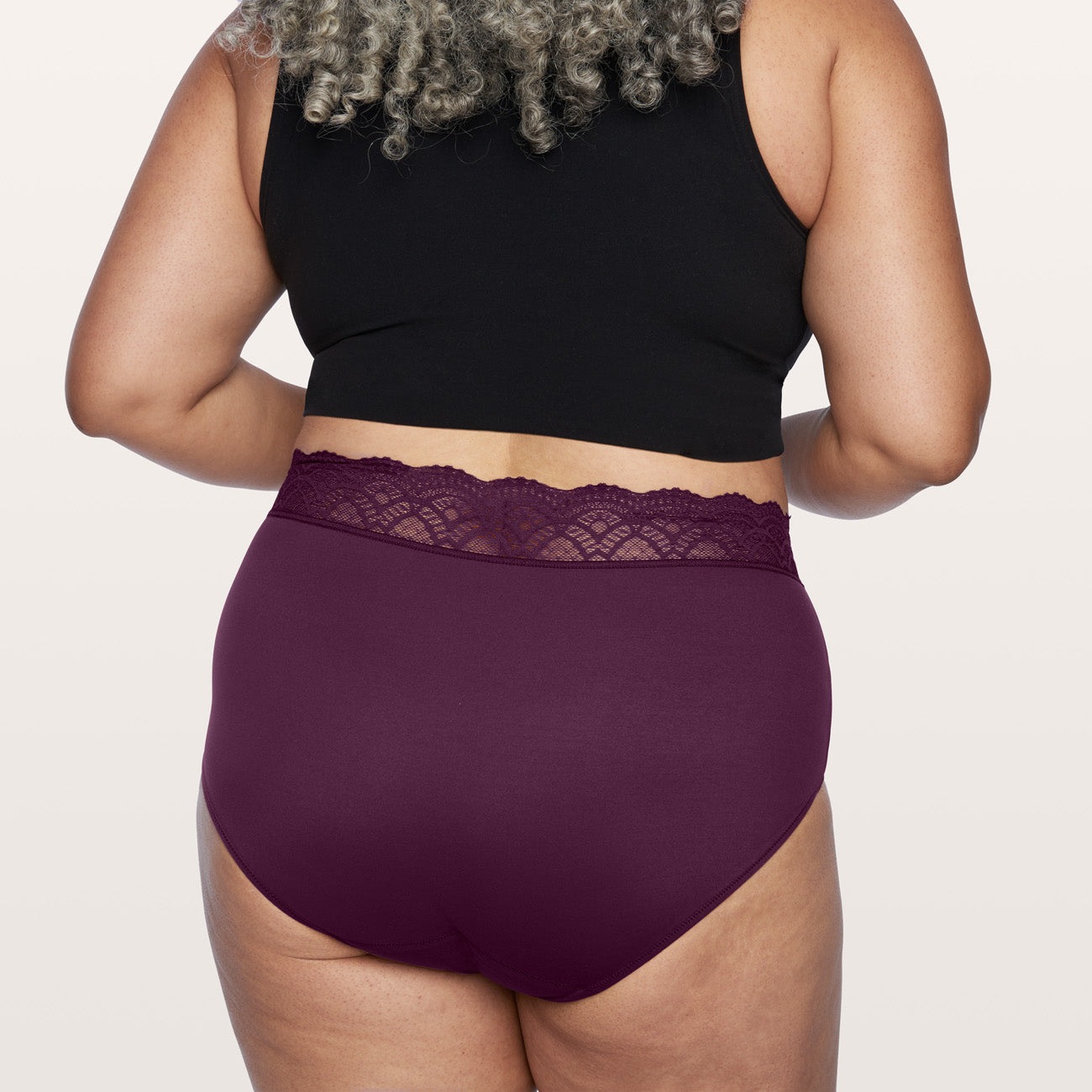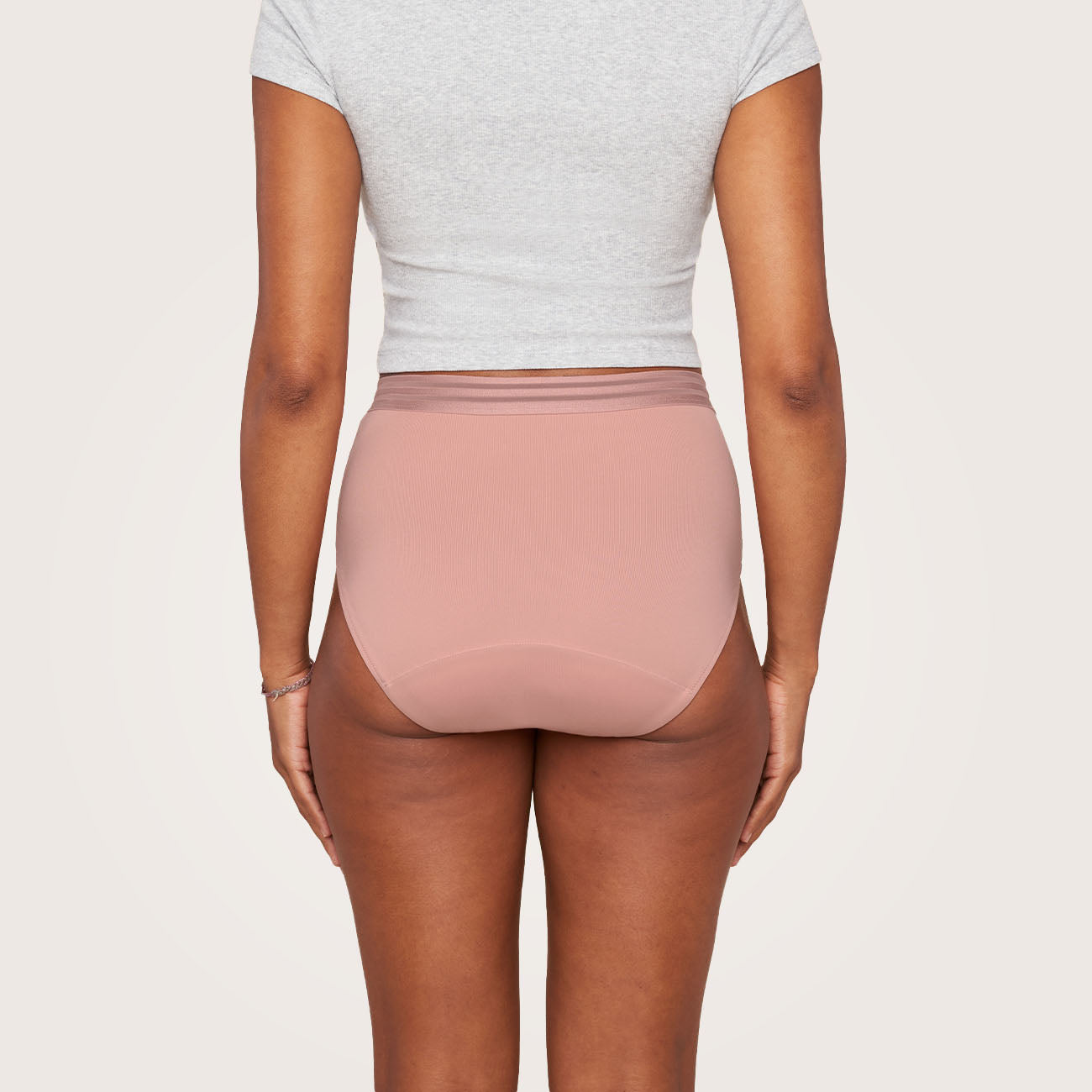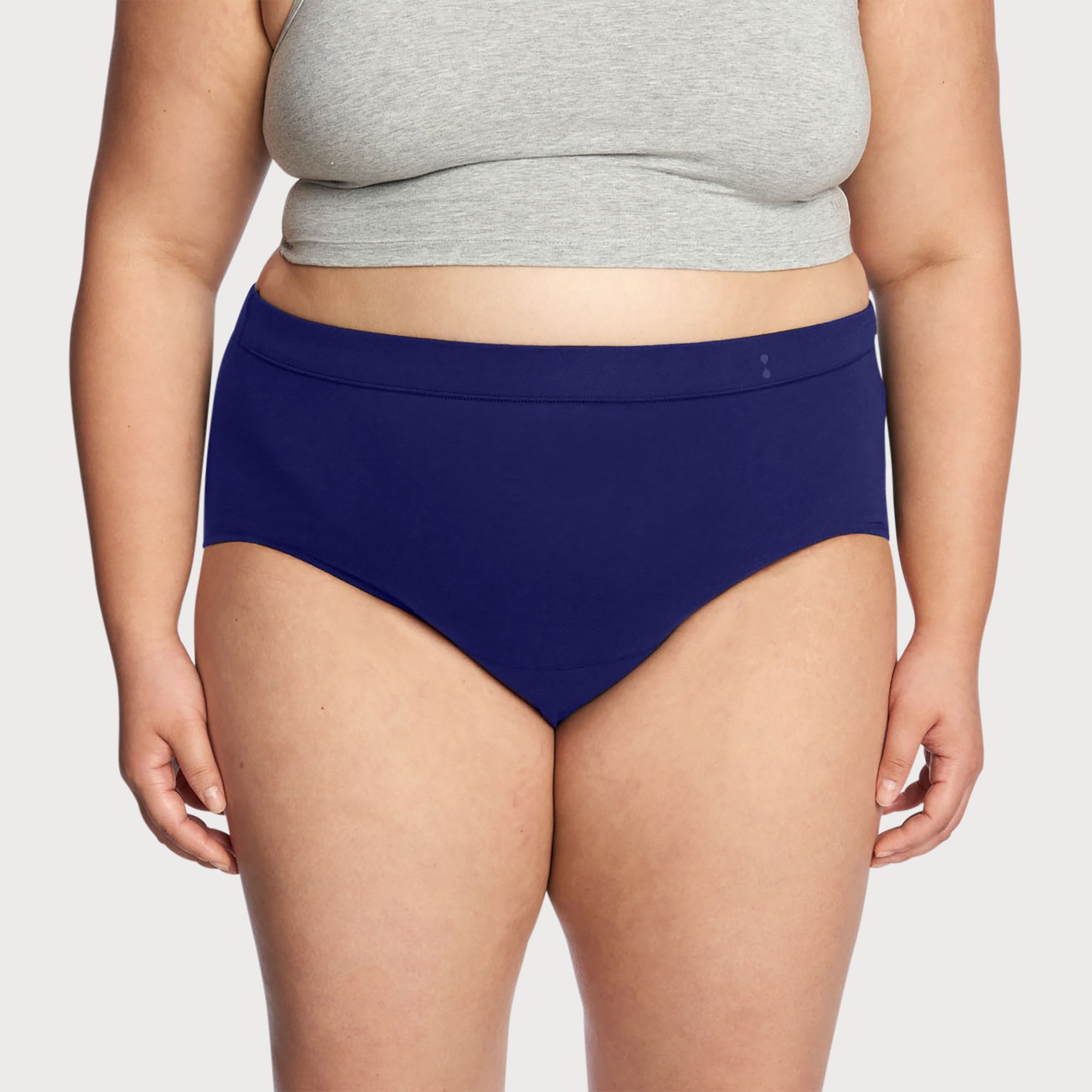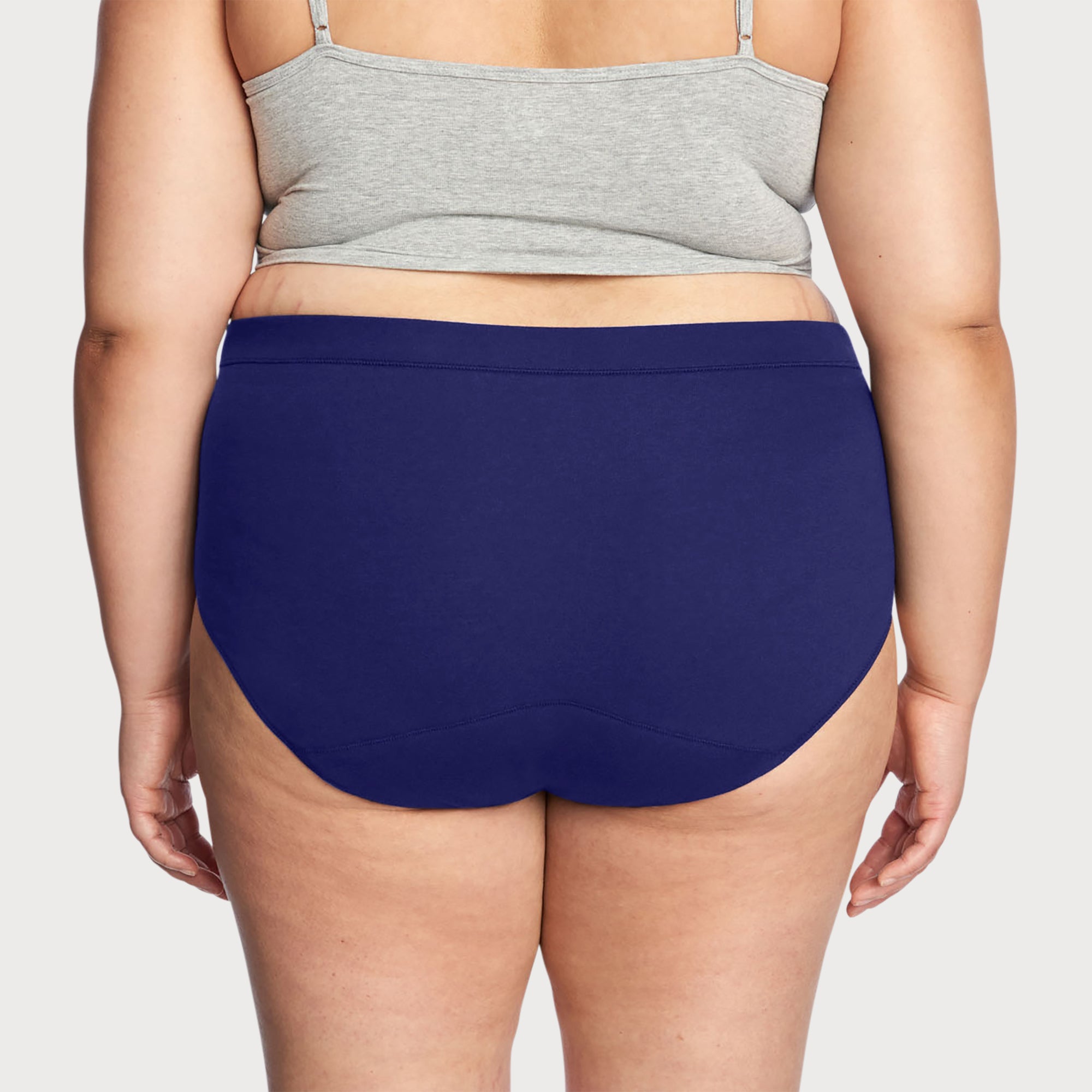The Ovulation Phase: A Closer Look at Your Menstrual Cycle
- Share this article Copy to clipboard

Have you ever wondered what happens to your body in the days leading to your period? You may have heard about ovulation but might not be sure of how it works or its significant role in the menstrual cycle. Whether you're planning for a baby, monitoring premenstrual symptoms, or just keeping an eye on your reproductive health, understanding how ovulation works is important for managing your overall health.
In this guide, we are going to unpack what happens during the ovulation phase and its relation to fertility to provide insights on how to manage this aspect of the menstrual cycle.
understanding ovulation
Ovulation is a phase in the menstrual cycle when a mature egg is released from the ovary, ready for a potential meet-and-greet with sperm in the fallopian tube, where it can stay for 12 to 24 hours. Typically, ovulation happens about halfway through the cycle, which can take place around 14 days before one's period in an average 28-day cycle. But, of course, experiences may vary depending on your cycle and other external factors.
how different hormones play a role in ovulation
During the ovulation phase, our body's hormones act as the ultimate team players, working together to get things done. Two key hormones are at play here: the luteinizing hormone (LH) and the follicle-stimulating hormone (FSH), which are secreted by the pituitary gland located in your brain.
The FSH gets the ball rolling by helping the follicles (the small sacs of fluid that have a developing egg) in the ovary to start maturing. Then comes the LH surge during the 10th to 14th day of your cycle, which triggers the release of that mature egg. During this time, your estrogen levels rise and fall in harmony, keeping the whole process in balance.
what happens during ovulation?
Your body is pretty good at dropping physical hints that your ovulation phase is on the horizon. Some of these signs might fly under the radar, but here is a list of ovulation symptoms that you should monitor closely:
cervical mucus changes
Cervical mucus is a liquid discharge produced by your cervix, which also goes through certain stages during your menstrual cycle. Normally, it is thick, white, and dry before ovulation, and by the time ovulation occurs, it transforms into a clear, stretchy consistency that resembles raw egg whites. This fertile cervical fluid is your body's way of making it easier for sperm to swim through and meet with the egg.
basal body temperature
Another clue is your basal body temperature (BBT). Before ovulation, your oral temperature is around 96-98°F. During ovulation, you might notice a slight rise in your BBT, usually about 0.5 to 1 degree Fahrenheit. This subtle temperature change happens due to the increase in progesterone after the egg is released. You can track your BBT by using a thermometer and measuring your temperature in the morning before you get out of bed and record these results each month to identify any patterns.
Aside from the changes in cervical mucus and BBT, other physical symptoms may include:
breast tenderness
bloating
cramps
spotting
Increased libido or sex drive
ovulation pain and when to seek help
There are instances when some menstruators experience a bit of discomfort known as ovulation pain or mittelschmerz (German for "middle pain"). It's usually a mild ache on one side of the lower abdomen and is normal for many people going through their cycle. While occasional pain can be normal, severe pain may indicate serious conditions like polycystic ovary syndrome (PCOS) or other reproductive health issues. So, if the pain is intense or persists for more than a few days, it would be best to seek a healthcare professional to address the issue immediately.
the fertile window
Understanding ovulation and when you're going through this phase also means knowing about your fertility in a given period or when you're most likely to get pregnant. The fertile window, which is the prime time to conceive a baby, includes the five days leading up to ovulation and the day of the ovulation itself.
It's important to note that sperm can live in the reproductive tract for up to five days, where they can wait for the egg to make its grand entrance. So, while ovulation is the peak of fertility and only lasts for 24 hours, the fertile window is extended because of the lifespan of the sperm – making it the best time for having a baby.
more on tracking ovulation for pregnancy planning
Knowing when you ovulate can make a big difference in your pregnancy planning journey. Here are some tools and tips to help you out:
ovulation predictor kits
An ovulation predictor kit tests your urine for the LH surge, giving you a heads-up that ovulation is about to happen. These kits can be a reliable way to predict your fertile window apart from checking other physical signs like cervical mucus changes and basal body temperature.
ovulation calculator
An ovulation calculator can estimate your fertile window based on the first day of your last menstrual period and the average length of your menstrual cycle. This tool has become popular nowadays due to its accessibility, as you can download the app on your smartphone. This makes it easier to track your cycle, understand it, plan for pregnancy, and identify patterns and irregularities.
However, it is important to note that an ovulation calculator only provides estimates and may not be accurate for everyone, especially those with irregular cycles. It may also not account for other variables that affect the cycle, such as stress, illness, and life changes. For more accurate tracking, pair this with other methods, such as getting your BBT, checking cervical mucus, and using an ovulation predictor kit.
cycle length
Your cycle length counts the number of days from the first day of your menstrual period to the day before your next period starts. So exactly how long after your period do you ovulate? Knowing your average cycle length helps you find out when you're most likely to ovulate since ovulation usually happens 14 days before your next period.
You can use a period tracker to help you monitor your cycle length. Cycle tracking helps you determine your fertile window and provides valuable insights into how it's been affecting your sleep. Depending on your cycle, your period may make you sleep more or cause period insomnia.
For those experiencing irregular periods, predicting the ovulation phase and fertile window may be trickier. If your cycles are consistently irregular, it would be a good idea to visit a healthcare professional to rule out any underlying issues.
managing ovulation days with Thinx
Whether you're dealing with the unpredictability of ovulation spotting or the flow of your menstrual period, Thinx offers period underwear designed to provide comfort, protection, and peace of mind.
how Thinx can be useful during ovulation
During ovulation, some people experience light spotting or an increase in vaginal discharge. This can be a bit of an uncomfortable surprise, but Thinx period underwear and bladder leak underwear are here to save the day. Here's a complete list of the benefits of wearing them:
added protection - Thinx products can handle everything from spotting to heavier menstrual flow, making them a versatile addition to your menstrual health toolkit.
maximum comfort - Made with breathable and moisture-wicking fabric, Thinx keeps you feeling fresh and dry, no matter what your cycle throws at you.
Understanding ovulation is a bit like decoding a secret message from your body. It's not just about tracking for pregnancy –– it’s about getting in tune with your body’s natural cycles and rhythms. By learning to recognize these ovulation symptoms, you're taking an important step toward better reproductive health and awareness.
Here’s to understanding ovulation and celebrating every part of our unique journeys with comfort and confidence!
sources
Pregnancy, Birth & Baby. Ovulation and fertility. https://www.pregnancybirthbaby.org.au/ovulation-and-fertility
Cleveland Clinic. Ovulation: Calculating, Timeline, Pain & Other Symptoms. https://my.clevelandclinic.org/health/articles/23439-ovulation
Medical News Today. Ovulation: Symptoms, calendar, is it painful, and more. https://www.medicalnewstoday.com/articles/150870
Mayo Clinic. Signs you're ovulating (besides taking a test). https://www.mayoclinic.org/healthy-lifestyle/getting-pregnant/expert-answers/ovulation-signs/faq-20058000








